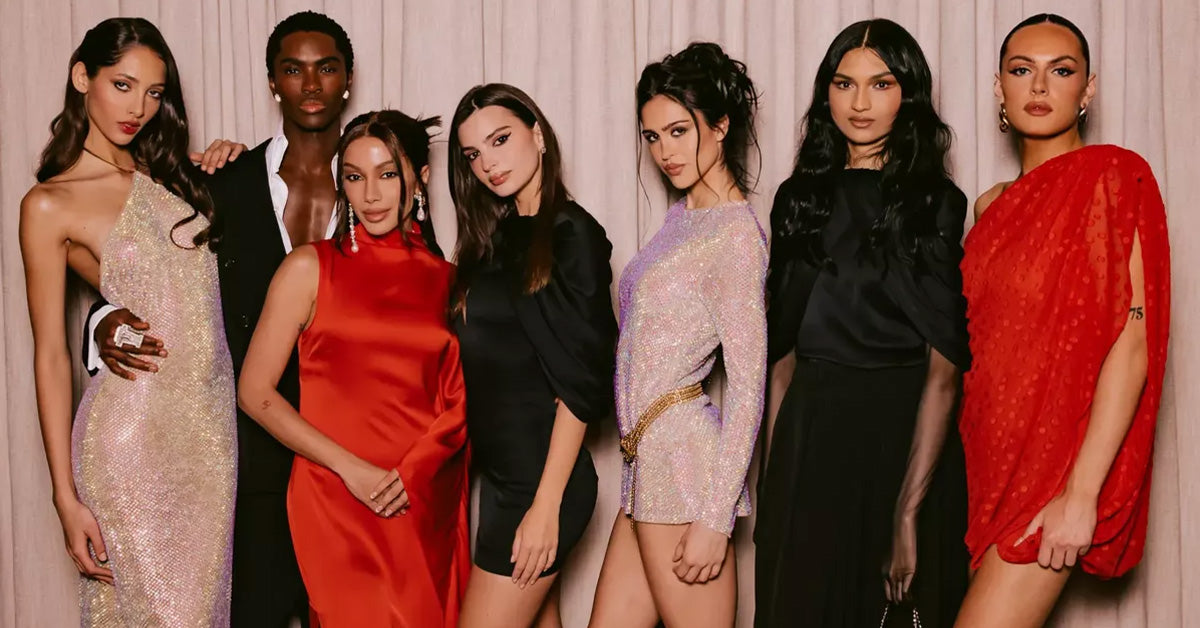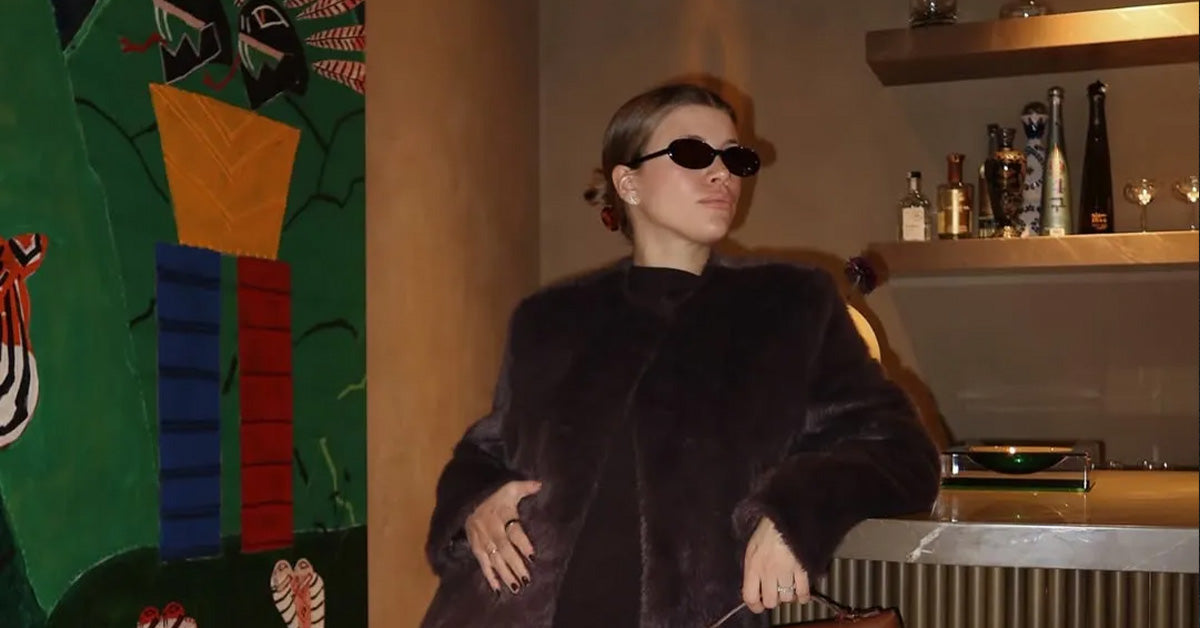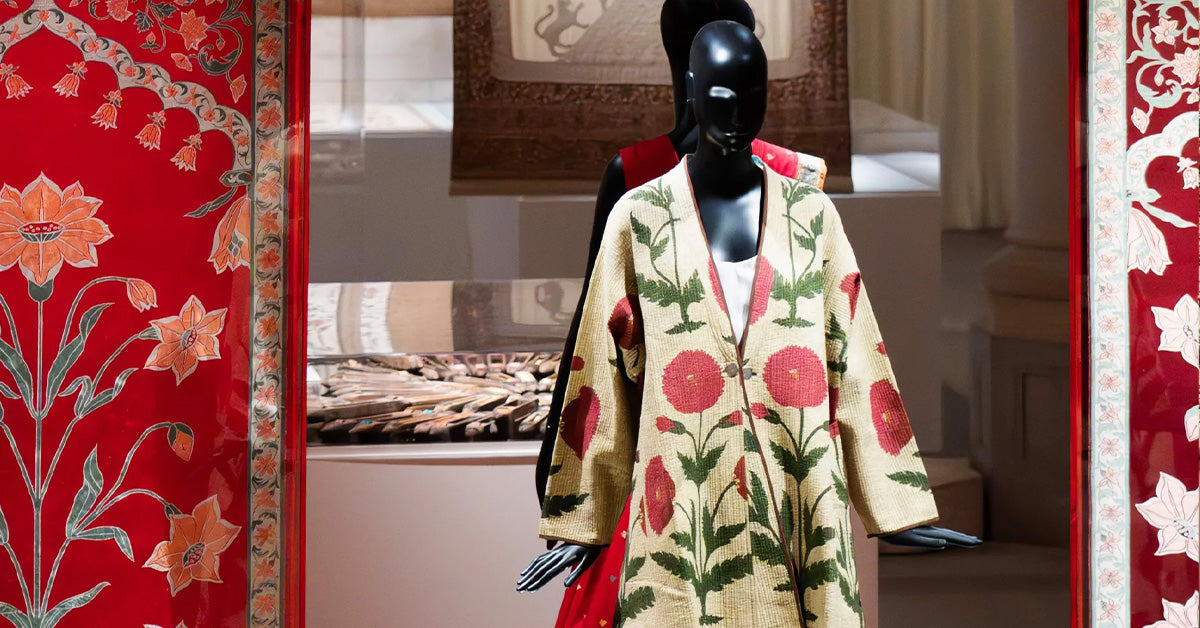In recent years, the push for sustainable fashion has brought many natural fibers to the forefront, and hemp has become a standout contender. Known for its eco-friendly properties and durability, hemp is making waves in the fashion industry. But what exactly is hemp, and why is it gaining traction among designers, brands, and conscious consumers?
What is Hemp?
Hemp is a natural fiber derived from the stalks of the Cannabis sativa plant. Unlike its controversial cousin marijuana, industrial hemp contains extremely low levels of THC (tetrahydrocannabinol), the psychoactive compound. Hemp has been used for centuries in various industries, including textiles, paper, and even construction. In the realm of fashion, hemp is celebrated for its versatility, strength, and sustainability.
The History of Hemp in Fashion
The use of hemp in textiles dates back thousands of years. It was widely cultivated in ancient China, India, and Mesopotamia for making ropes, sailcloth, and clothing. During the Middle Ages, hemp was a staple material for creating durable fabrics. In fact, the sails and ropes of Christopher Columbus’s ships were made from hemp!
However, the fabric fell out of favor in the 20th century due to the stigmatization of cannabis and the rise of synthetic materials. Today, with increasing awareness of environmental issues, hemp is experiencing a revival in the fashion world as a symbol of sustainability and innovation.
Why is Hemp a Sustainable Choice?
Hemp is often referred to as a "superfiber" for its incredible environmental benefits. Here’s why it’s considered one of the most sustainable options for the fashion industry:
- Low Water Usage: Hemp requires significantly less water to grow compared to cotton, making it a water-efficient crop.
- No Pesticides: Hemp is naturally resistant to pests, which means it can be grown without harmful chemicals.
- Fast Growth Cycle: Hemp grows quickly, with some varieties maturing in just 90-120 days.
- Soil Health: Hemp enriches the soil it grows in by replenishing nutrients and preventing erosion.
- Carbon Sequestration: Hemp absorbs large amounts of CO2, making it a carbon-negative crop.
These attributes make hemp a game-changer for an industry that is often criticized for its environmental impact.
The Characteristics of Hemp Fabric
Hemp fabric is not only sustainable but also boasts several qualities that make it a desirable choice for apparel and accessories. Key characteristics of hemp fabric include:
- Durability: Hemp is one of the strongest natural fibers, making it long-lasting and resistant to wear and tear.
- Breathability: The fiber's porous structure allows air to circulate, keeping the wearer cool in summer and warm in winter.
- Moisture-Wicking: Hemp fabric absorbs moisture efficiently and dries quickly, making it ideal for activewear.
- Softness: While hemp starts out slightly coarse, it softens with each wash without losing its strength.
- UV Resistance: Hemp naturally blocks harmful UV rays, offering added protection under the sun.
Hemp in Modern Fashion
Today, hemp is making a strong comeback in fashion. Designers and brands are embracing hemp to create a wide range of products, including:
- Clothing, such as jeans, dresses, and t-shirts
- Accessories, including bags, hats, and belts
- Shoes with hemp-blend uppers
- Home textiles like curtains, rugs, and upholstery
Luxury fashion houses, eco-conscious startups, and even mainstream brands are incorporating hemp into their collections, proving that sustainable materials can be both fashionable and functional.
The Challenges of Hemp in Fashion
While hemp offers numerous benefits, it’s not without its challenges. The primary obstacles include:
- Cost: Hemp production can be more expensive due to limited farming infrastructure and processing facilities.
- Stigma: The association with cannabis still poses a marketing challenge in some regions.
- Limited Availability: Hemp isn’t as widely cultivated as cotton or synthetic fibers, which limits its supply.
Despite these hurdles, the growing demand for sustainable fashion is pushing the industry to overcome these barriers, making hemp more accessible and affordable over time.
Conclusion
Hemp is more than just a passing trend; it’s a viable solution to many of the environmental challenges posed by the fashion industry. With its impressive sustainability credentials, durability, and versatility, hemp is redefining what it means to create fashion responsibly. As consumers become more aware of their choices, hemp is poised to play a pivotal role in shaping the future of sustainable style.
FAQs About Hemp in Fashion
1. Is hemp fabric comfortable to wear?
Yes, hemp fabric is breathable, moisture-wicking, and softens with each wash, making it very comfortable for everyday wear.
2. Is hemp clothing expensive?
Hemp clothing can be more expensive than synthetic fabrics due to limited production, but its durability and sustainability make it a worthwhile investment.
3. How do I care for hemp clothing?
Hemp clothing is easy to maintain. Wash it in cold water with gentle detergent and air dry to preserve its quality and strength.
4. Can hemp fabric be blended with other materials?
Yes, hemp is often blended with cotton, silk, or other fibers to create unique textures and finishes.
5. Why is hemp considered eco-friendly?
Hemp is eco-friendly because it requires less water, no pesticides, improves soil health, and absorbs significant amounts of CO2 during growth.










